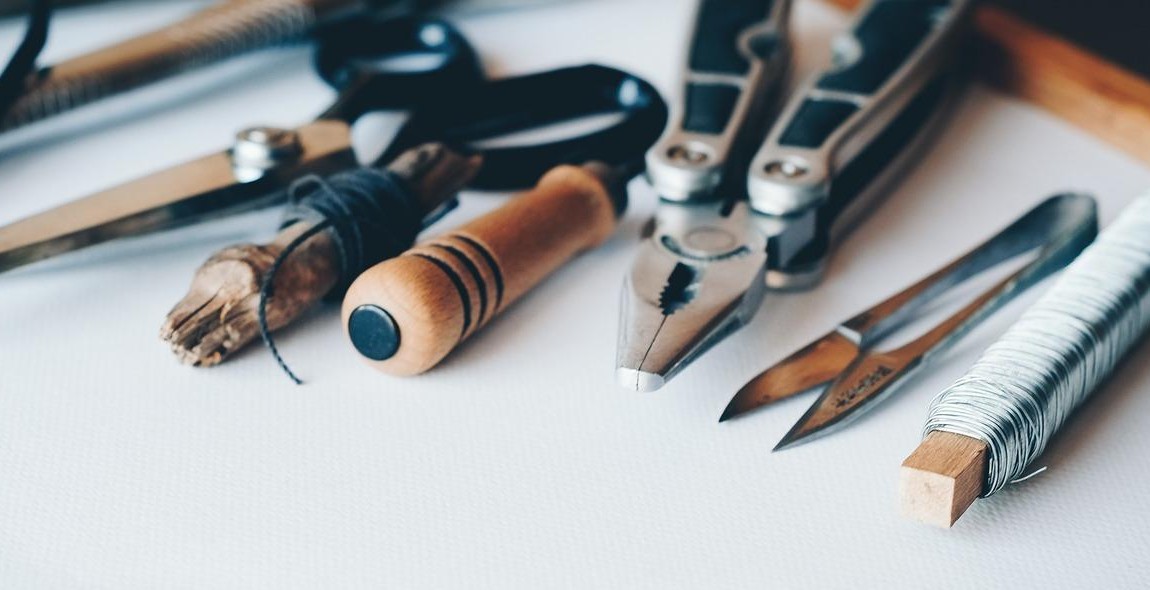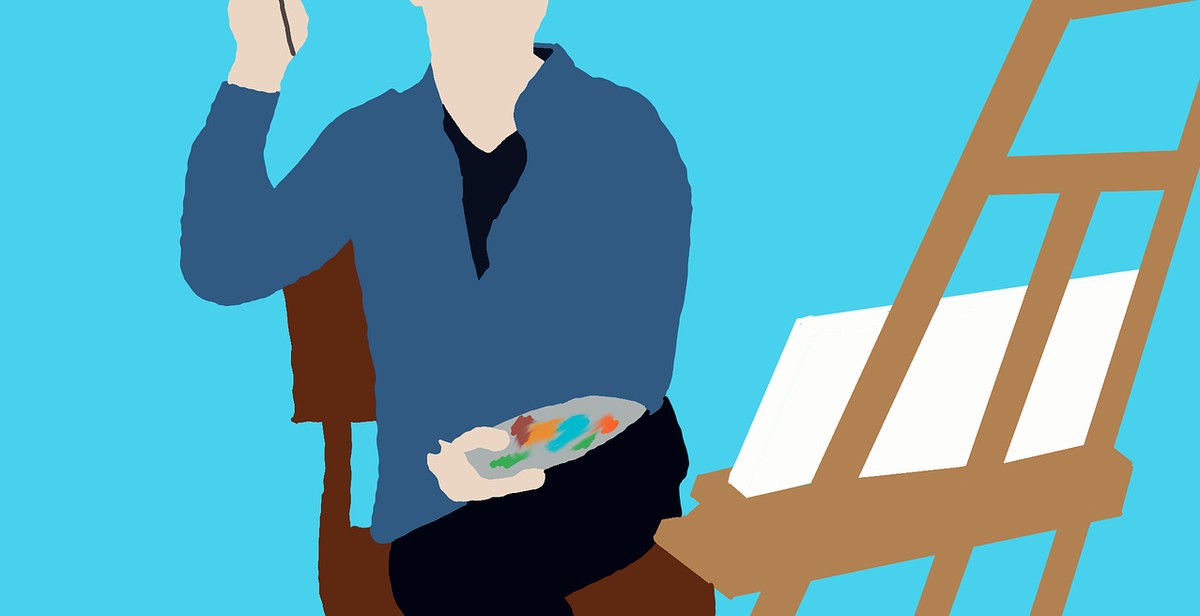How to Build a Home Studio for Artists: Equipment and Setup Guide
As an artist, having a home studio can be a game-changer. It gives you the freedom to work on your craft whenever inspiration strikes, without worrying about rental costs or time constraints. However, building a home studio can be overwhelming, especially if you’re not familiar with the equipment and setup required. That’s where this guide comes in.
Equipment
The first step in building a home studio is to gather the necessary equipment. The equipment you need will depend on your medium of choice, but some basics include:
- A computer or laptop
- A desk or table
- A comfortable chair
- A drawing tablet (for digital artists)
- A canvas and easel (for traditional artists)
- A good quality microphone (for musicians or voice-over artists)
- Studio lighting
- Headphones or speakers
Setup
Once you have your equipment, it’s time to set up your home studio. Here are some tips:
- Choose a room with good natural light and ventilation.
- Position your desk or table near a power outlet.
- Invest in noise-cancelling curtains or soundproofing to reduce noise pollution.
- Set up your lighting to illuminate your work area.
- Position your microphone and speakers for optimal sound quality.
With the right equipment and setup, you can build a home studio that allows you to work on your craft comfortably and efficiently.
| Key takeaway: | Building a home studio requires the right equipment and setup. This guide provides a basic list of equipment and tips for setting up your home studio. |
Choosing the Right Space
When it comes to building a home studio, choosing the right space is crucial. The space you choose will affect the quality of your work and your overall comfort. Here are some factors to consider:
Consider Your Needs
Before you start looking for a space, consider your needs. Think about the type of art you create, the equipment you use, and how much space you need. For example, if you are a painter, you will need a space with good ventilation and natural light. On the other hand, if you are a musician, you will need a space that is soundproof and has good acoustics.
Assess the Space
Once you have an idea of your needs, assess the space you are considering. Look for a space that is large enough to accommodate your equipment and workspace. Consider the layout of the room and how it will affect your workflow. Make sure there is enough room for you to move around and that the space is comfortable.
Lighting and Ventilation
Lighting and ventilation are essential factors to consider when choosing a space for your home studio. Natural light is ideal for artists, as it provides the best color accuracy. Look for a space with windows or skylights that let in plenty of natural light. If this is not possible, consider investing in high-quality artificial lights that mimic natural light.
Good ventilation is also important, especially if you work with materials that produce fumes or dust. Look for a space with good air circulation and consider installing a ventilation system if necessary.
Conclusion
Choosing the right space for your home studio requires careful consideration of your needs, the space itself, and factors like lighting and ventilation. Take the time to assess your options and choose a space that will allow you to create your best work.

Essential Equipment for Building a Home Studio for Artists
Drawing and Painting Supplies
Before starting to build your home studio, it’s essential to stock up on your drawing and painting supplies. These supplies are the backbone of every artist’s work and can make or break the quality of your work. The following are some of the must-have drawing and painting supplies:
- Sketchpads
- Pencils (different grades)
- Erasers
- Paints (watercolors, acrylics, oils)
- Paintbrushes (various sizes and shapes)
- Canvas or paper for painting
Easel or Drawing Table
Having a comfortable and adjustable easel or drawing table is essential for any artist. It helps maintain the correct posture and reduces the strain on your neck, back, and arms. When choosing an easel or drawing table, consider the following:
- The size of your workspace
- Your preferred working position (sitting or standing)
- The material of the easel or table (wood, metal, or plastic)
- The adjustability of the easel or table
Lighting Equipment
Proper lighting is crucial for any artist to work efficiently and accurately. Natural light is the best option, but if that’s not possible, you can use artificial lighting. Consider the following when choosing lighting equipment:
- Color temperature (warm or cool)
- Brightness
- Light source (LED, fluorescent, or incandescent)
- Adjustability
Storage Solutions
Having adequate storage solutions in your home studio is essential to keep your supplies organized and accessible. Consider the following when choosing storage solutions:
- The size of your supplies
- The type of supplies you have (paints, brushes, canvases, etc.)
- The amount of storage space you need
- The material of the storage solution (wood, plastic, or metal)
| Equipment | Considerations |
|---|---|
| Drawing and Painting Supplies | Must-have supplies include sketchpads, pencils, erasers, paints, paintbrushes, and canvas or paper for painting. |
| Easel or Drawing Table | Consider the size of your workspace, preferred working position, material of the easel or table, and adjustability. |
| Lighting Equipment | Consider color temperature, brightness, light source, and adjustability when choosing lighting equipment. |
| Storage Solutions | Consider the size of your supplies, type of supplies, amount of storage space needed, and material of the storage solution. |

Computer and Software
When building a home studio for artists, a reliable computer setup is essential. You’ll need a computer that can handle the demands of digital art creation and editing software. Here are some tips for setting up your computer for your home studio:
Computer Setup
Firstly, you’ll need a computer with a powerful processor and enough RAM to handle large files and complex software. A dedicated graphics card is also important for running graphic-intensive programs smoothly.
Ensure that your computer has enough storage space as you’ll be working with large files. An SSD (Solid State Drive) can significantly speed up your computer’s performance.
It’s recommended to have a dual-monitor setup for your home studio. This way, you can have your art program open on one screen and reference material on the other.
Software for Artists
Choosing the right software is crucial for creating digital art. Here are some popular options:
- Adobe Creative Suite: This is a powerful and versatile suite of software that includes Photoshop, Illustrator, and InDesign. It’s the industry standard for graphic design and digital art creation.
- Corel Painter: This software is specifically designed for artists and mimics traditional media such as oil paint and watercolor.
- Procreate: This is a popular app for iPad users, and it’s known for its intuitive interface and realistic brush strokes.
Additionally, you’ll need software for organizing and managing your digital files. Adobe Bridge and Lightroom are great options for this.
| Software | Description |
|---|---|
| Adobe Creative Suite | A suite of software for graphic design and digital art creation. |
| Corel Painter | Software specifically designed for artists that mimics traditional media. |
| Procreate | A popular app for iPad users, known for its intuitive interface and realistic brush strokes. |
Overall, a reliable computer setup and the right software are key components of a successful home studio for artists.
Setting Up Your Studio
Setting up your home studio can be an exciting and challenging task for artists. A well-organized space and inspiring environment can help you focus on your creativity and produce your best work. Here are some tips on how to set up your studio:
Organizing Your Space
The first step in setting up your studio is to organize your space. You need to have a clear idea of what you want to achieve and how you want to use your studio. Here are some tips:
- Define your work area: Decide on the area where you will work and create a space that is dedicated to your art. Make sure it is well-lit and has enough room for your equipment.
- Storage: Invest in storage solutions such as shelves, cabinets, and drawers to keep your supplies and equipment organized and easily accessible.
- Keep it clean: Keep your studio clean and clutter-free. A clean workspace can help you stay focused and productive.
Staying Inspired
Once you have organized your space, it’s time to create an inspiring environment that will help you stay motivated and creative. Here are some tips:
- Decorate: Add some personal touches to your studio such as artwork, plants, or inspirational quotes. Make it a space that reflects your personality and style.
- Music: Listen to music that inspires you while you work. Create a playlist that helps you get into the creative zone.
- Lighting: Use lighting to create the right mood. Consider using natural light or soft, warm lighting to create a relaxing atmosphere.
By organizing your space and creating an inspiring environment, you can set yourself up for success in your home studio. Remember to experiment and find what works best for you and your artistic process.

Conclusion
Creating a home studio for artists doesn’t have to be a daunting task. With the right equipment and setup, you can have a comfortable and functional space to unleash your creativity. First, determine your needs and budget, then invest in quality equipment that will last you for years to come.
Remember to consider the following:
- The size of your space
- Your artistic medium
- The type of work you’ll be doing
- Your budget
Don’t forget to prioritize your comfort and safety. Make sure your space is well-lit and properly ventilated. Consider investing in ergonomic furniture and equipment to prevent strain and injury.
Lastly, have fun with your home studio! This is your space to create and express yourself. Experiment with different techniques and mediums, and don’t be afraid to make mistakes. With practice and dedication, your home studio can become the perfect place to bring your artistic visions to life.
| Equipment | Cost |
|---|---|
| Computer | $800-$2000 |
| Monitor | $150-$1000 |
| Tablet | $200-$1000 |
| Microphone | $50-$500 |
| Headphones | $50-$500 |
| Recording software | $100-$500 |
| Art supplies | $50-$500 |
By following this equipment and setup guide, you’ll be well on your way to creating your dream home studio. Happy creating!
